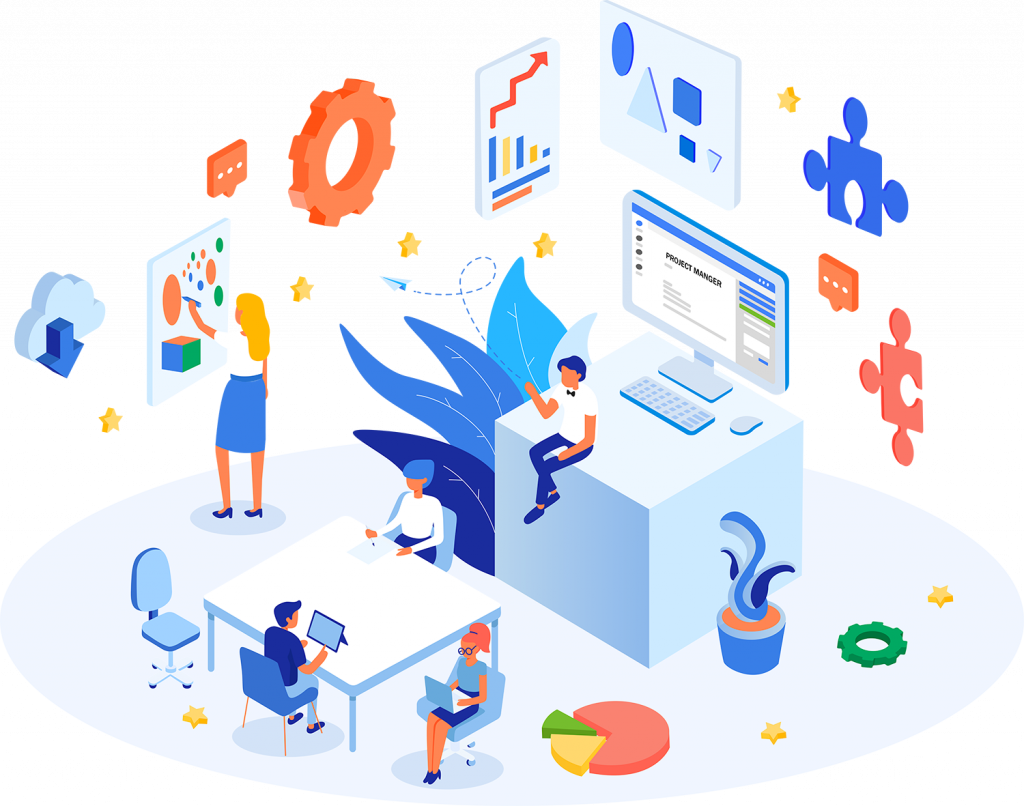Human-Centred Impact Assessment Workshop
Map change impacts along user journey and
create experience-based change impact assessment.
60 min
4+ People

What you’ll need
REMOTE
Video conferencing with screen sharing
Digital collaboration tool (Zoom, Hangout)
IN-PERSON
Whiteboard
Markers
Post-it notes
Timer
Instructions for running this Playbook
1. Background
Change impact assessments are usually conducted from a ‘top down’ perspective where the process/system or solution that is changed is translated into what it means for the impacted group of users. This may not sufficiently take into account detailed impacts that users undergo and related experiences throughout the change journey.
A human-centred approach to assessing the impact of change takes a bottom-up and humanistic approach. This integrated well with agile projects where there is focus on user journey and user profiles. The design of this session is aimed to leverage from a wide-range of project and business representatives to holistically understand stakeholder impacts.
This is a workshop with key stakeholders to map key user impacts which informs the content of detailed impact assessment.
2. Prep
This session is beneficial when there is sufficient understanding of what the change is, i.e. the defined solution from the project. You can also organise a session for each iteration given there is sufficient change to warrant the session.
The following elements are critical before organising the session:
- User journey – To ensure this can be referenced and utilised to illustrate the journey the user will go through in using the solution
- User role profiles – To ensure that critical user profiles are clearly understood so that these can be utilised to outline their usage journeys
- Change approach or Change Canvas – To help illustrate critical aspects of how users will be engaged be supported to use the designed solution
- High level change impact assessment
- Business representatives from impacted areas that can be leveraged to paint a picture of what stakeholder experiences could be
- Empathy Map Canvas template. Visit this link to download the template by Dave Gray.
Scheduling:
Schedule the meeting when there is sufficient understanding of the solution. Clarify this with your project manager or business analyst as required.
Who:
Include key project team members such as the project manager, business owner, lead developer, business analyst, and user-design specialist. Also include business representatives from impacted business areas.
Organisation:
Prior to the session undertake the following preparation:
- Thoroughly understand the user journey process and anticipate potential change impacts ahead of the session
- Map out impacted stakeholder groups by role across each impacted business area. Decide key roles that you want to focus on in the session, versus trying to cover all roles
- Work with business representatives to highlight change impacts ahead of the session if there is a lot to cover or if the change is particularly complex. Capture these visually to show during the session
- Organise key artefacts such as empathy map, user journey, etc.

TIP: DESIGN
Focus as much on what a typical experience would be like from an end-user perspective versus on the technicalities of the solution itself.
Position the various scenarios and challenges that the user faces and walk through how these are resolved by the solution.
TIP: WHAT TO AVOID
Focus on the change impacts of the user in terms of experiences. Don’t just focus on the user experience and profile without sufficiently capturing what the impacts mean to the user’s experience.
3. Run the session
Intro – 5-10 min
Walk through the purpose of the session and why this is required. Emphasise how important it is to incorporate a user-centric view of change impacts in order to design effective change experiences.
- Overview user journey and key impacted roles – 10 min
- Review key user journeys for selected key impacted stakeholder groups
- Highlight key change impacts
- Use empathy map to discuss the impacts for key user roles – 40 min
- Walkthrough the empathy map concept and explain key components
- Create an empathy map for each key impacted role
- For each empathy map, refer back to the user journey and key identified impacts from the high level impact assessment as a start
- Key focus and capture is on the IMPACTS of the change after understanding the user experience. E.g. The customer service rep needs to answer customer enquiries efficiently and they often feel frustrated by how slow the system response is. The impact of the new system is that it will alleviate this pain for them.
4. Capturing outcomes
At the end of the session, capture any key actions, timeline, and a follow up session as required.
What to do with the output?
After you’ve written up the empathy map for each impacted role. Utilise these to build the detailed change impact assessment. As a result, the change impact assessment will incorporate user experiences that are valuable when you start to create the change plan.
Revert back to business representatives and others in the session to verify the details captured and ensure nothing critical is missed.
Explore other Plays


